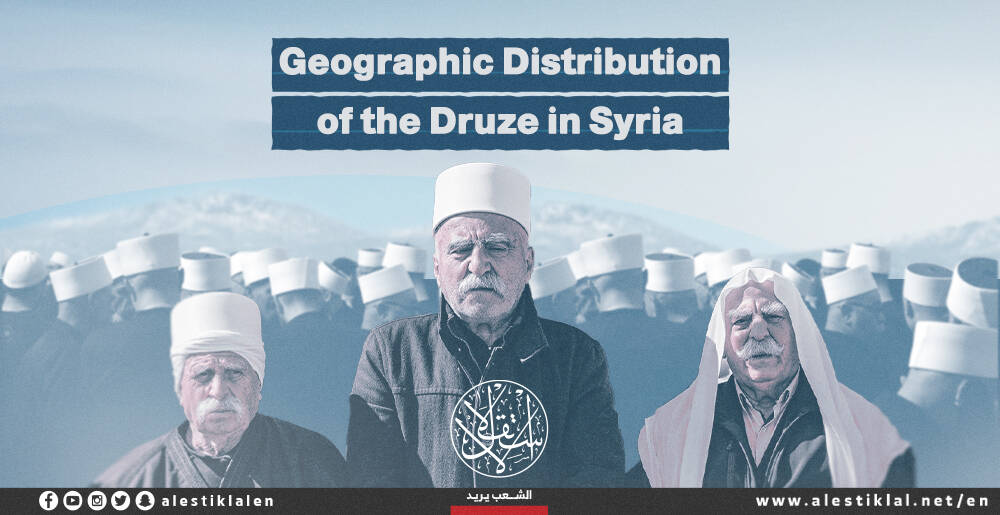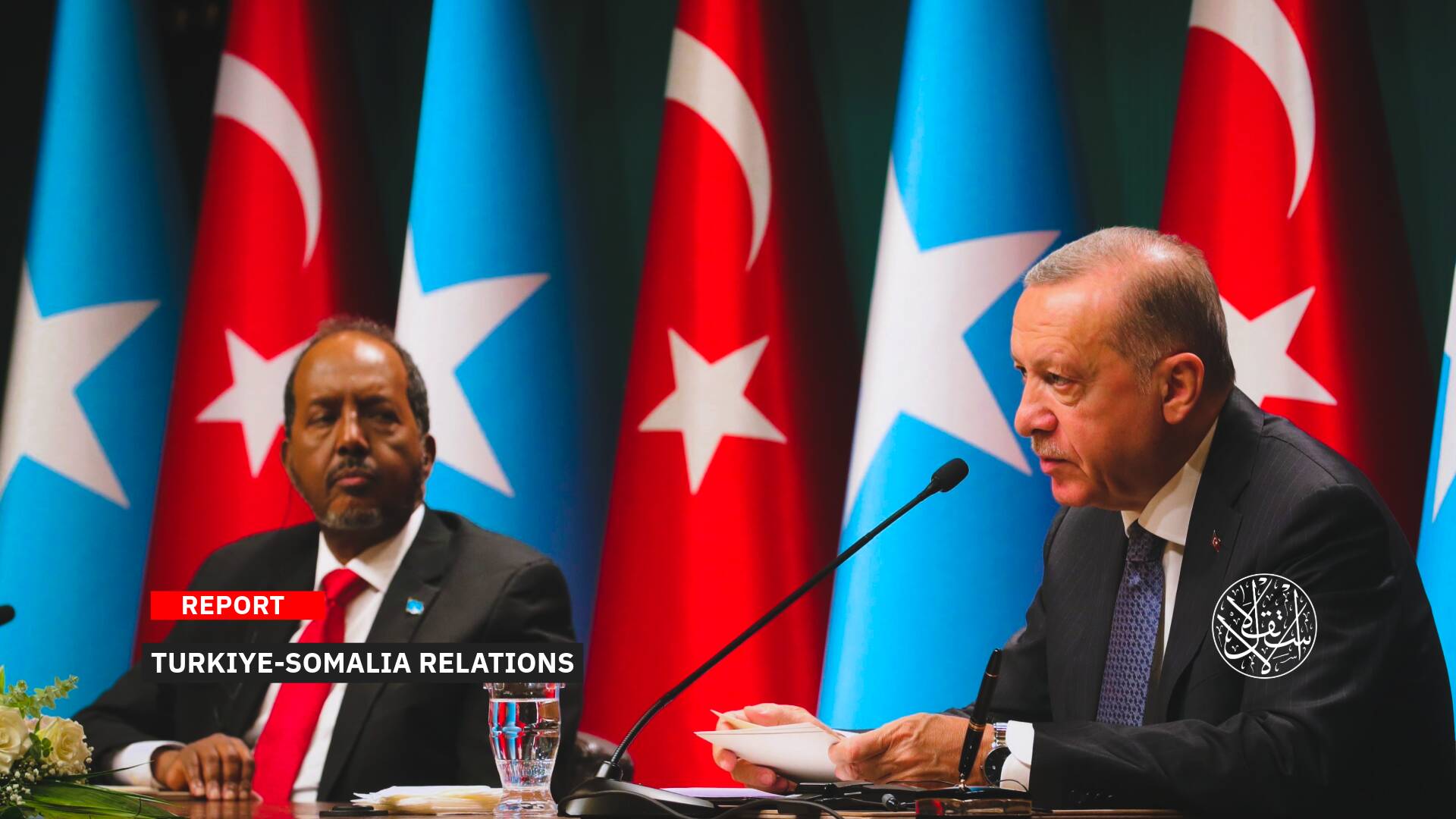That's How Putin Convinced Biden of the Gas Line, Despite Trump's Veto

A Spanish newspaper highlighted the completion of the Nord Stream 2 pipeline, the infrastructure that will transport Russian gas to Germany through the Baltic sea floor, thereby avoiding Ukrainian territory.
"Russian giant Gazprom recently announced the completion of the Nord Stream 2 gas pipeline," Larazon said.
On September 6, 2021, the company developed the last pipeline of the gas pipeline in German waters of the Baltic Sea, after which it remained only connected to the section connecting it to Denmark.
Security Threat
The trade coalition that built Nord Stream 2-Gazprom aspires to operate the gas pipeline before the end of 2021, in partnership with French companies Engie, German Uniper, Wintershall, Austrian OMV and Anglo-Dutch Shell companies.
Gazprom CEO Alexei Miller announced in early September 2021 that first supplies via Nord Stream 2 could already begin next winter, the Spanish newspaper reported.
Gazprom, on the other hand, estimates that gas supplies through the pipeline could reach 5.6 billion cubic meters this year, out of a total of 55 billion cubic meters of gas that it will be able to deliver to Europe annually.
But in Europe, the gas pipeline raises the concerns of several countries, particularly in the East, because it increases European energy dependence on Russia, which no longer relies on Ukraine to transport gas to the old continent.
The newspaper noted that the United States wanted to stop the project with sanctions because it considers that the gas pipeline strengthens Russia, and thus created risks for Europe because of its dependence on Russian gas and the threat to energy security in Ukraine.
But president Joe Biden's administration withdrew its opposition to the project in July 2021, acknowledging that there was no longer room to stop the project.

U.S. sanctions on the project led to the suspension in December 2019, when The Swiss company AllSeas, formerly responsible for building the submarine division at Nord Stream 2, announced its final withdrawal from the Baltic Sea.
The feasibility of the project has therefore raised doubts, but Gazprom and Russian President Vladimir Putin have always said that if anything else fails, Moscow will take responsibility for all the tasks and costs of finishing the project.
Shortest Route
After a year of stopping and looking for other alternatives, Russia eventually took charge of the last part of the work, which crosses the economic zones and territorial waters of five countries: Russia, Finland, Sweden, Denmark, and Germany.
According to Miller in July 2021, the pipeline will reduce costs for European consumers as the shortest route to Nord stream 2's gas transport system is adopted, about 2,000 kilometers less to Germany than the route through Ukraine.
He also argues that the gas pipeline meets modern environmental requirements and that CO2 emissions will be about 5.6 times lower than those of the transit route through Ukraine, due to the small number of compressor stations.
After the completion of the gas pipeline, contradictions remain between the Governments of Russia, Germany, the United States and Ukraine, the Argentine Website Mas Enerchia reported.
Moscow and Berlin are committed to this huge project, which was promoted in 2015, although since its inception, it has had to face many political, environmental, and economic obstacles led by Russia, Germany, the United States and Ukraine, the site said.
Initially, the U.S. government warned that Nord Stream 2 could increase Europe's dependence on Russian energy, arguing that the project could be used as an "impact weapon" in areas near Europe.

In this context, the country's main concern was that the gas pipeline would lead to an economic problem with transit tariffs in Ukraine, because by passing through the Baltic Sea, Russia would have the capacity to export gas directly to Germany, leaving Ukraine isolated from other allies in the east of the continent.
The Argentine website noted that the United States fears that Russia will stop using the gas pipeline that runs through Kiev, which generates about seven billion euros a year for the capital, one of Washington's main partners, and reduces the European market share of U.S. LNG.
That's why, in December 2019, former President Donald Trump decided to impose a series of sanctions against any company that was part of the construction of Gazprom's submarine facility.
For the White House, the project was considered a "threat to Europe's security," but sanctions announced by the United States have alarmed the European Union.
Safeguards
In July 2021, German Chancellor Angela Merkel reached an agreement with Biden to end the conflict, rebuild relations and end the Nord Stream 2 gas pipeline.
Through the deal, Washington will allow the pipeline to continue to be built, in return, Berlin will provide guarantees to protect Ukraine's energy supply.
In a joint statement, the United States and Germany pledged to "ensure that Russia does not improperly use any gas pipeline, including Nord Stream 2, to achieve aggressive political objectives by using energy as a weapon."
In contrast, the German government will implement measures against Moscow, which could affect its ability to export energy to the EU. At this stage, the huge project was already 98 percent complete.
The website stated that the agreement, however, met with resistance from Ukrainian Foreign Minister Dmytro Kuleba, who said that "many questions" remained and demanded "stronger" answers to the security problems that would be encountered from the gas pipeline.
For its part, the Russian government confirmed that it is a "purely commercial" project aimed at enhancing energy security for Germany and European countries.
The Nord Stream 2 line is scheduled to be operational by the end of 2021. Once confirmed, it will be one of the longest offshore gas pipelines in the world that will cross the Baltic Sea and pass through the economic zones of Russia, Germany, Finland, Sweden, and Denmark.













